Ashlyn Pierson is an Assistant Professor of STEM Education at The Ohio State University. She is working with an ESL teacher at Northland High School, using the Create an Algae Bloom lesson that is part of H2Know.
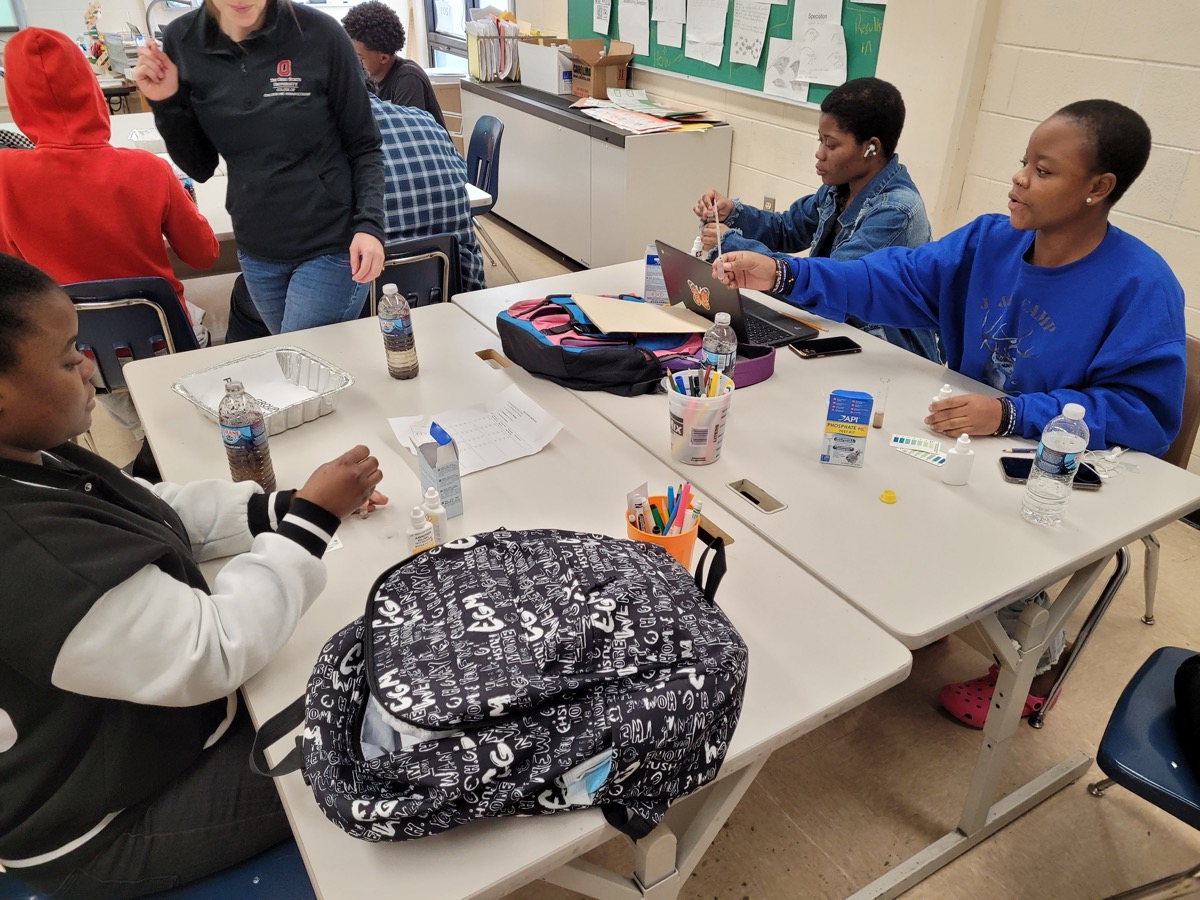
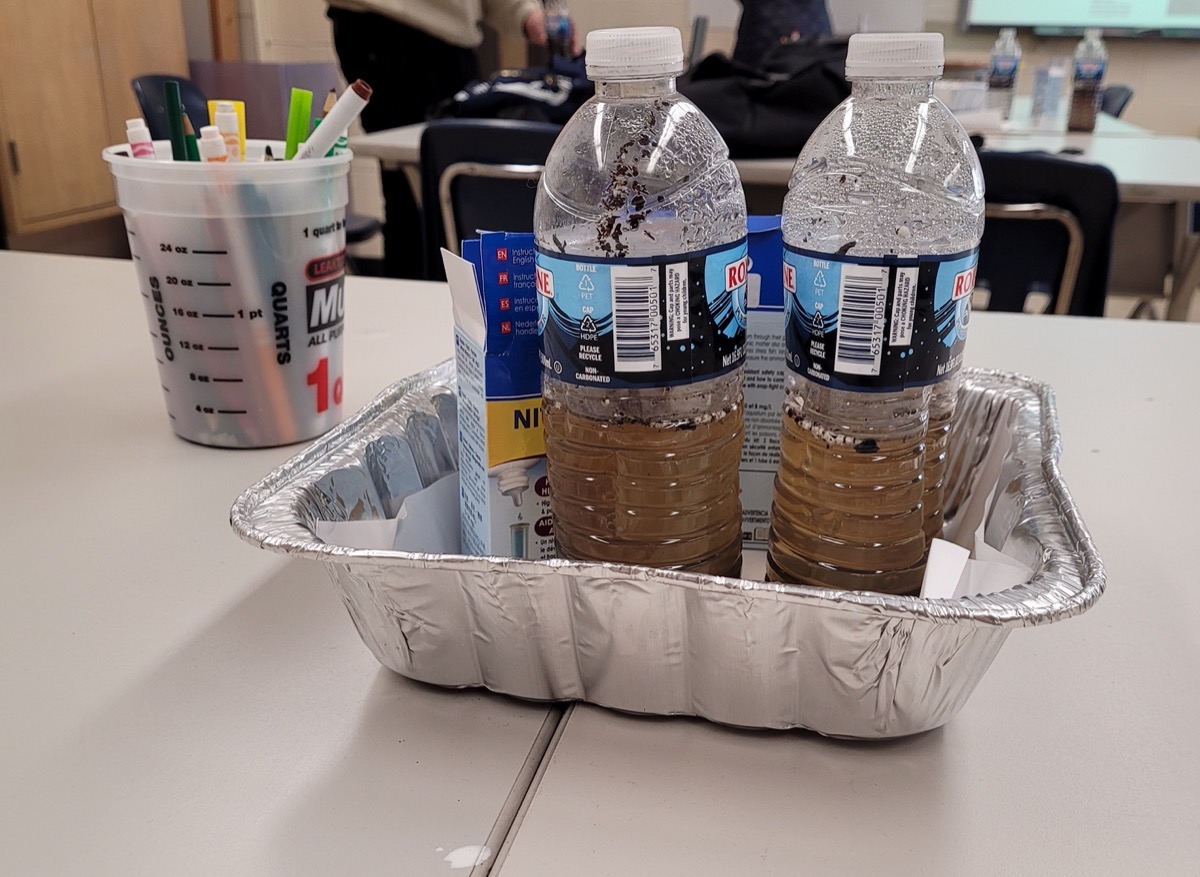
“We chose this lesson because this was an 11/12th grade Environmental Science class, and it aligned with standards about water quality and disasters. We appreciated the local context of the lesson. In our unit, this bridged watersheds and sources of pollution to ecosystem impacts like bioaccumulation in an aquatic food chain,” Pierson said. Their goal was to give students a hands-on experience with the impact of pollutants on water quality in an observable, tangible way.
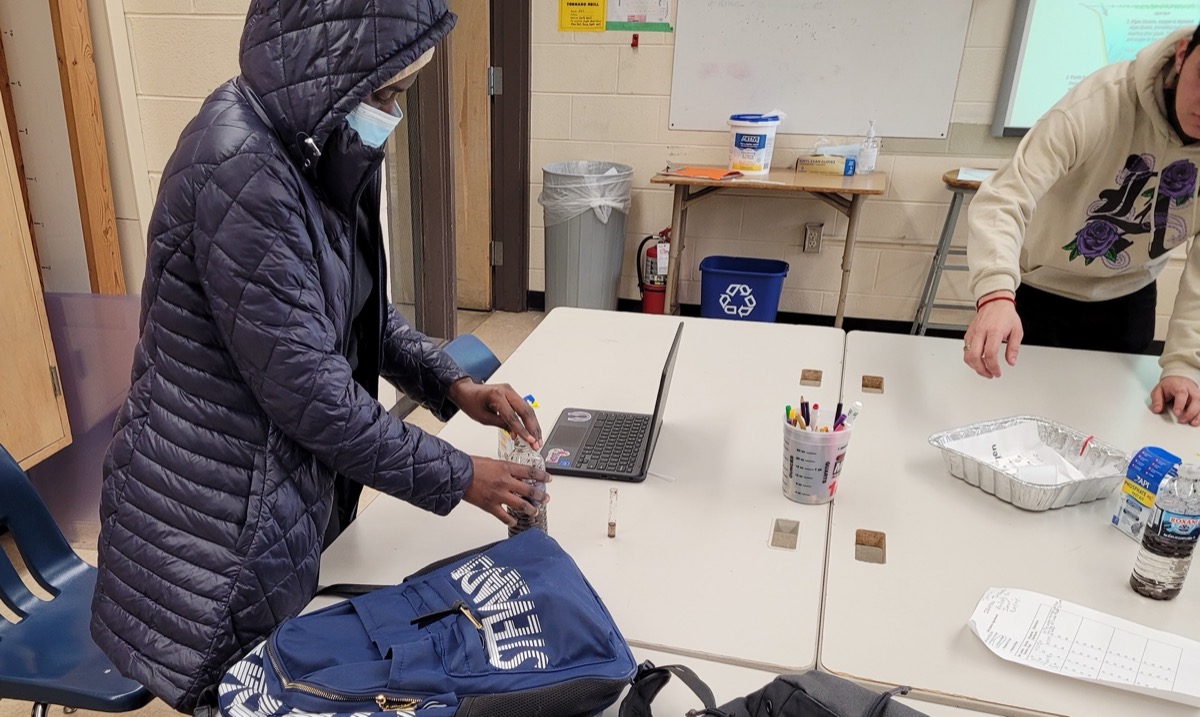

“The students loved this activity!” Pierson said. “They discovered that not only could excess Nitrogen and Phosphorus increase algae growth, but also that too much Nitrogen can kill life in their bottles—so there is a “sweet spot” for algal blooms. In addition to growing algae, we added on by having students engineer and tests filters to then remove algae and soil from the water. Some students connected to this to their experiences living in other countries, where rain water served as drinking water due to limited access to tap water – they said they did not realize what would be in their water and could imagine using similar systems to filter water in the future.”
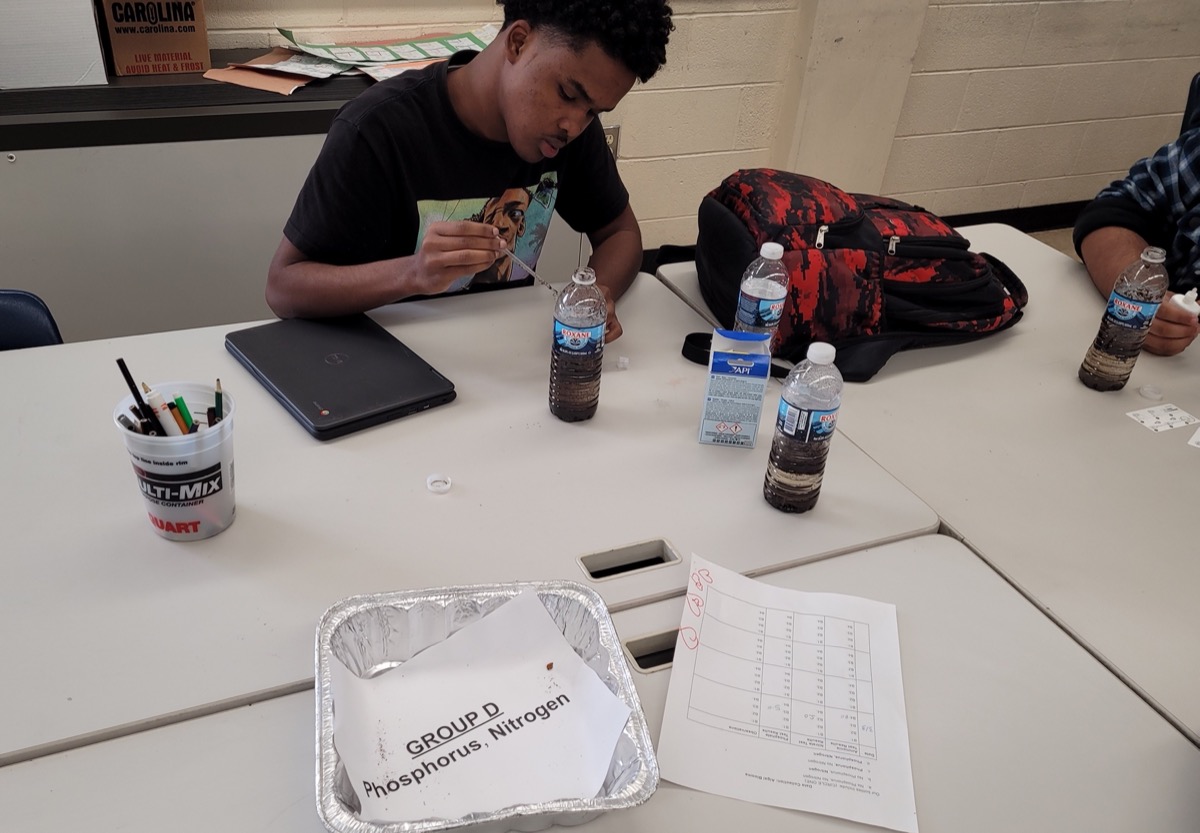

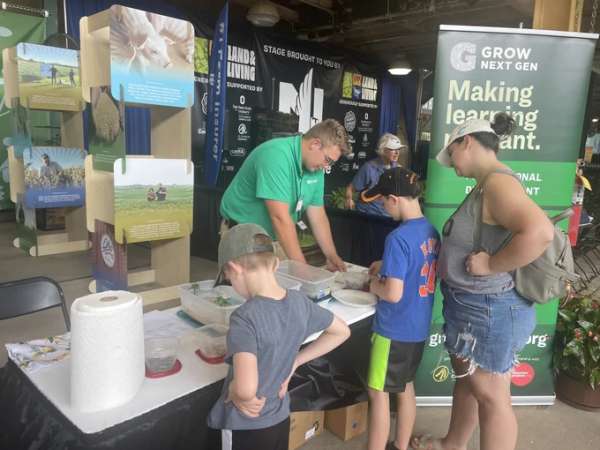

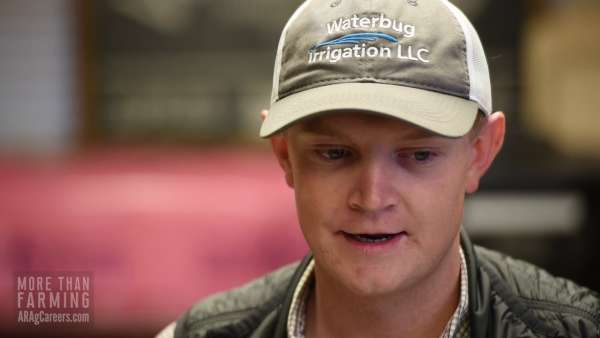
Share this